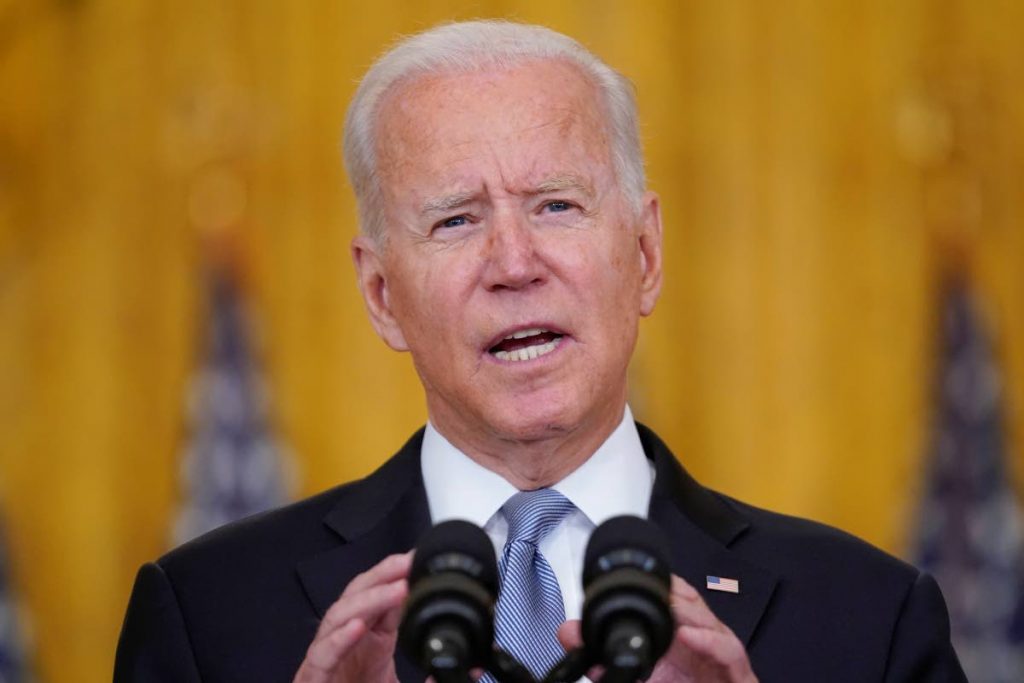Afghanistan’s agony

THE SITUATION in Afghanistan is exceedingly complex. Yet one simple truth rises above the smoke and chaos at this point in time: it is ordinary Afghan people who have the most to lose.
That much was underlined by the harrowing images of hundreds of Afghans packed into a US military cargo plane as they fled Kabul on Sunday.
Additional video footage showed scores running alongside an aircraft as it taxied before takeoff, some desperately clinging to its side even if it proved fatal.
From a certain vantage point, US President Joe Biden’s decision to withdraw US troops from the country was a courageous one.
It ran counter to decades of American thinking and policy on the issue. It invited political acrimony by seeming to acknowledge that years of effort had been a complete failure (Mr Biden pointed, though, to the successful capture of Osama Bin Laden, who was killed in neighbouring Pakistan). It acknowledged that withdrawal was inevitable and the fate of Afghanistan has been, all along, properly a matter for the Afghan people.
What is disappointing, however, is the seemingly flat-footed way in which the US approached the evacuation of its own citizens and Afghan allies. In April, Mr Biden had announced withdrawal by September; on Monday he tried to explain the situation by saying there were many who did not want to leave.
Whatever the case, the US is now forced to work through the logistical nightmare of evacuating thousands of personnel along with their families via an airport encircled by Taliban forces. Biden’s swift move, whether strategic or not, now exposes him to allegations of being capricious and reckless.
Also hard to grapple with is the apparent failure of intelligence agencies to foresee the readiness of the Taliban to take over at such great speed. Western governments had spent billions to bolster Afghan defences to prevent exactly this outcome.
In the end, none of the equipment and training was enough to counter the fear and instinct for survival that took hold among Afghans who, better than most, understand the brutal ways of the Taliban. After 20 years, Afghan defences lasted ten days. Afghan President Ashraf Ghani fled.
Not only did the billions spent do little to bolster defences; they also barely moved the country any closer to becoming a functioning democracy. The agenda of nation-building was sabotaged by rampant corruption, weak institutions, and distrust in Western forces brought on by abuses and missteps.
The Taliban have announced an intention to form an “inclusive, Islamic government” in which women’s rights will be respected. But not many are convinced by this superficial rebranding. Reports of violence against women and children at checkpoints emerged on Wednesday.
America’s longest war may be at a close. But the bloodshed is yet to end.


Comments
"Afghanistan’s agony"